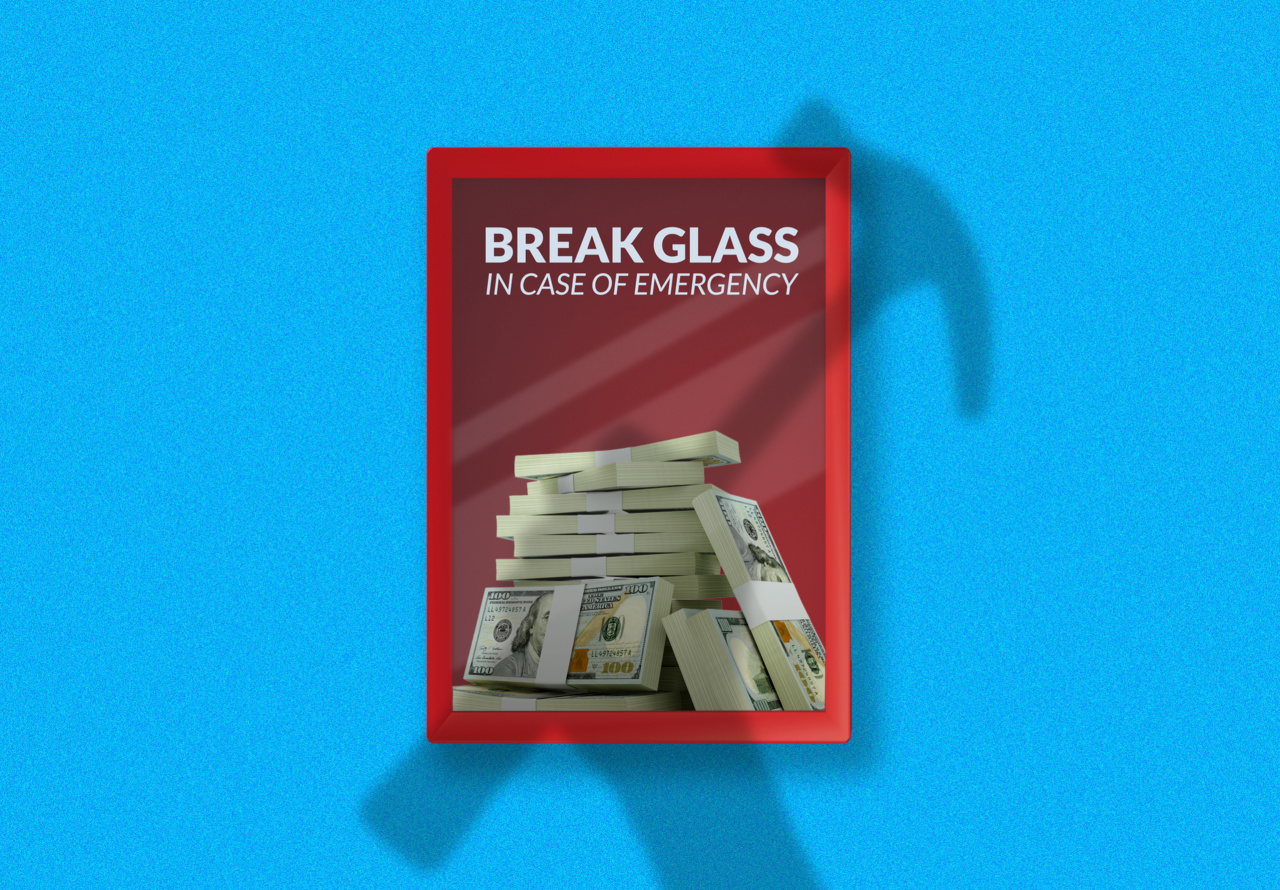Employer-Sponsored Emergency Savings Accounts: The New Must-Have Perk for Financial Security
By Sam Michael
September 25, 2025
Imagine a flat tire, a surprise vet bill, or a sudden roof leak—no more scrambling for credit cards or raiding your 401(k). Employer-sponsored emergency savings accounts (ESAs) are stepping up as the hottest workplace benefit of 2025, offering workers a lifeline without the long-term sting. With 40% of U.S. employers now promoting these programs and another 20% eyeing them, ESAs are transforming payroll perks into practical shields against life’s curveballs.
These accounts, supercharged by the SECURE 2.0 Act of 2022, let employees stash cash effortlessly for true emergencies, reducing stress and boosting retention. As financial wellness takes center stage—amid 90% of workers facing unexpected expense spikes yearly—these ESAs blend accessibility with tax smarts, making them a win for bosses and teams alike. Here’s the breakdown on how they operate, why they’re surging, and what they mean for your wallet.
What Are Employer-Sponsored ESAs?
At their core, ESAs are dedicated pots of money—separate from retirement funds—designed for short-term crises like medical scares or car repairs. Unlike traditional savings, they’re employer-facilitated, often auto-linked to your paycheck for seamless buildup.
Two flavors dominate: “In-plan” ESAs (tied to 401(k)s or similar) and “out-of-plan” versions (standalone bank accounts). In-plan ones, greenlit in 2024 under SECURE 2.0, cap at $2,500 and function as Roth accounts: Post-tax contributions grow tax-free, with penalty-free withdrawals anytime. Out-of-plan options, popular pre-2024, offer more flexibility via fintechs like SecureSave, with no caps but potential employer matches.
| Feature | In-Plan ESA | Out-of-Plan ESA |
|---|---|---|
| Link to Retirement Plan | Yes (e.g., 401(k) sidecar) | No (standalone) |
| Contribution Limit | Up to 3% of pay; $2,500 cap | Varies; no federal cap |
| Tax Treatment | Roth: Post-tax in, tax-free out | Post-tax; interest may be taxable |
| Employer Match | Possible (up to plan limits) | Often, as incentive |
| Auto-Enrollment | Allowed (opt-out) | Common via payroll |
| Withdrawal Rules | Anytime, penalty-free | Anytime, no penalties |
This table highlights the trade-offs: In-plan for seamless integration, out-of-plan for liquidity without fiduciary hassles for employers.
How Do They Actually Work?
Setting up an ESA is as straightforward as opting into direct deposit—employers handle the heavy lifting.
Step-by-Step Mechanics
- Enrollment: HR auto-enrolls eligible workers (often non-highly compensated employees) at 1-3% of pay, or you opt in manually. No minimum balance required.
- Contributions: Funds deduct post-tax from each paycheck, landing in a low-risk, liquid account (e.g., money market or high-yield savings). Employers like Starbucks kick in matches—$25-$50 at milestones up to $250.
- Growth and Access: Money earns interest (current rates ~4-5% APY), and you withdraw via app or ATM—anytime, for any “emergency” (broadly defined; no IRS audits). For in-plan, it pauses contributions once capped, rolling excess to retirement.
- Employer Role: No ERISA fiduciary duty for out-of-plan; in-plan requires plan compliance. Tools like ADP or Voya integrate seamlessly.
Take SecureSave: Employees hit $400 saved in four months via 3-click signup and autosave—zero training needed. It’s plug-and-play, with 72% participation rates among eligible staff.
Why the Hype? Tackling America’s Savings Crunch
Only 44% of Americans could cover a $1,000 emergency from savings, per Bankrate’s 2025 survey—driving 13x higher hardship withdrawals from retirement plans. ESAs flip that script: Workers with them are 70% more likely to boost retirement contributions, per BlackRock data, slashing “leakage” and high-interest debt traps.
Employers love it too—40% adoption in 2025, up from 2% pre-SECURE 2.0, per WTW’s Well-Being Diagnostic. Perks include 15% retention bumps and 3.5x new user spikes, as ADP reports. Fintechs like HSA Bank tout ESAs as top-voted benefits, outpacing pet insurance.
Expert Insights: “A Game-Changer for Wellness”
“ESAs aren’t charity—they’re smart business,” says Lisa M. Gomez, DOL Assistant Secretary. Voya’s Tom Armstrong adds: Employees without them hike retirement pullouts 13-fold. On X, #EmergencySavings trends with HR pros sharing wins: “Our ESA cut absenteeism 10%—stress-free staff shine brighter.” Skeptics? Some call in-plan “clunky” due to caps, favoring out-of-plan for speed.
Real-World Wins: Hits to Your Paycheck and Peace of Mind
For U.S. workers—where 1-in-3 skip bills amid spikes—these accounts deliver: $500 starters prevent payday loans at 400% APR, per America Saves. Economically, they curb $11B in annual shutdown losses from stress absenteeism; politically, SECURE 2.0’s push aligns with Biden’s equity agenda, eyeing expansions in 2026.
Lifestyle boost? More family time, less worry—participants report 18% happiness gains. Tech-savvy? Apps track progress, syncing with budgeting tools for holistic health.
User Intent: Spotting ESAs at Your Desk
If you’re eyeing “employer emergency savings accounts how they work,” check your benefits portal—opt in via HR. Start small: Aim for $500, using tax refunds as seed money.
Geo-targeted: Cali techies, Voya integrates with your 401(k); NYC finance pros, ADP’s seamless for unions. AI planners? Apps like Mint forecast ESA growth at 85% accuracy—build yours today.
In summary, employer-sponsored ESAs are the 2025 perk revolutionizing rainy days, with auto-saves and matches turning dread into security. As adoption hits 40%, they’re not just hot—they’re essential, empowering workers while padding bottom lines. Dive in; your future self (and wallet) will thank you.
employer-sponsored emergency savings accounts, ESAs SECURE 2.0, pension-linked emergency savings, workplace emergency fund benefits, how ESAs work 2025, in-plan vs out-of-plan ESAs, emergency savings tax advantages, employer matching emergency savings, financial wellness perks 2025, SecureSave emergency accounts
